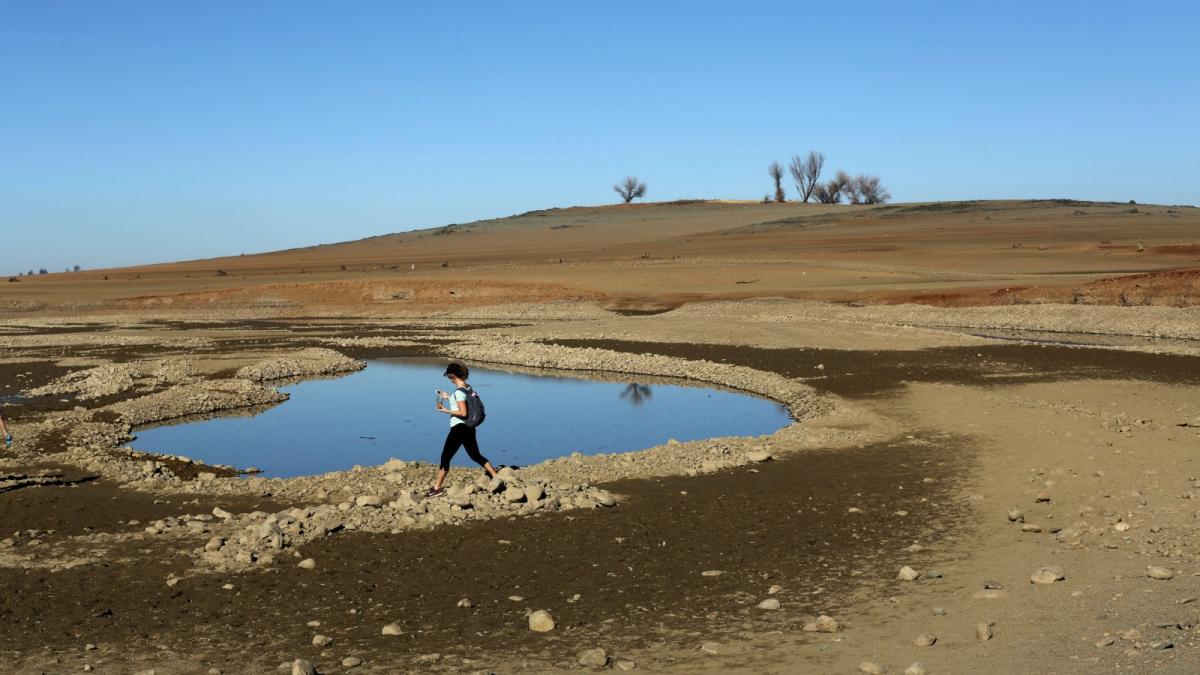This story was originally published by Water Deeply. For important news about water issues and the American West, you can sign up for the Water Deeply email list.
Evelyn Rios wept in 2014 when the well went dry at her home of 46 years — the home where she and husband Joe raised five children on farmworker wages. They cannot afford another well, so they do without. Her angst only grew as California’s five-year drought dragged on.
Finally, after one of the wettest winters on record, Governor Jerry Brown announced in April that the drought had ended. But situation remains grim, says Rios, 80, who lives in rural Madera County in California’s San Joaquin Valley. She thought she was being hooked up to the city of Madera’s water system. Now, the emergency money for such projects has dried up.
“So, the drought is over?” she asks. “What about us? What about the plans to hook up to Madera’s water? How long will we have to wait now? The drought might be over for you, but it isn’t over for me.”
Full reservoirs and swollen rivers don’t mean that much to people living in rural San Joaquin Valley, where about 1,000 people still have dry wells. Their water sits... Read more
